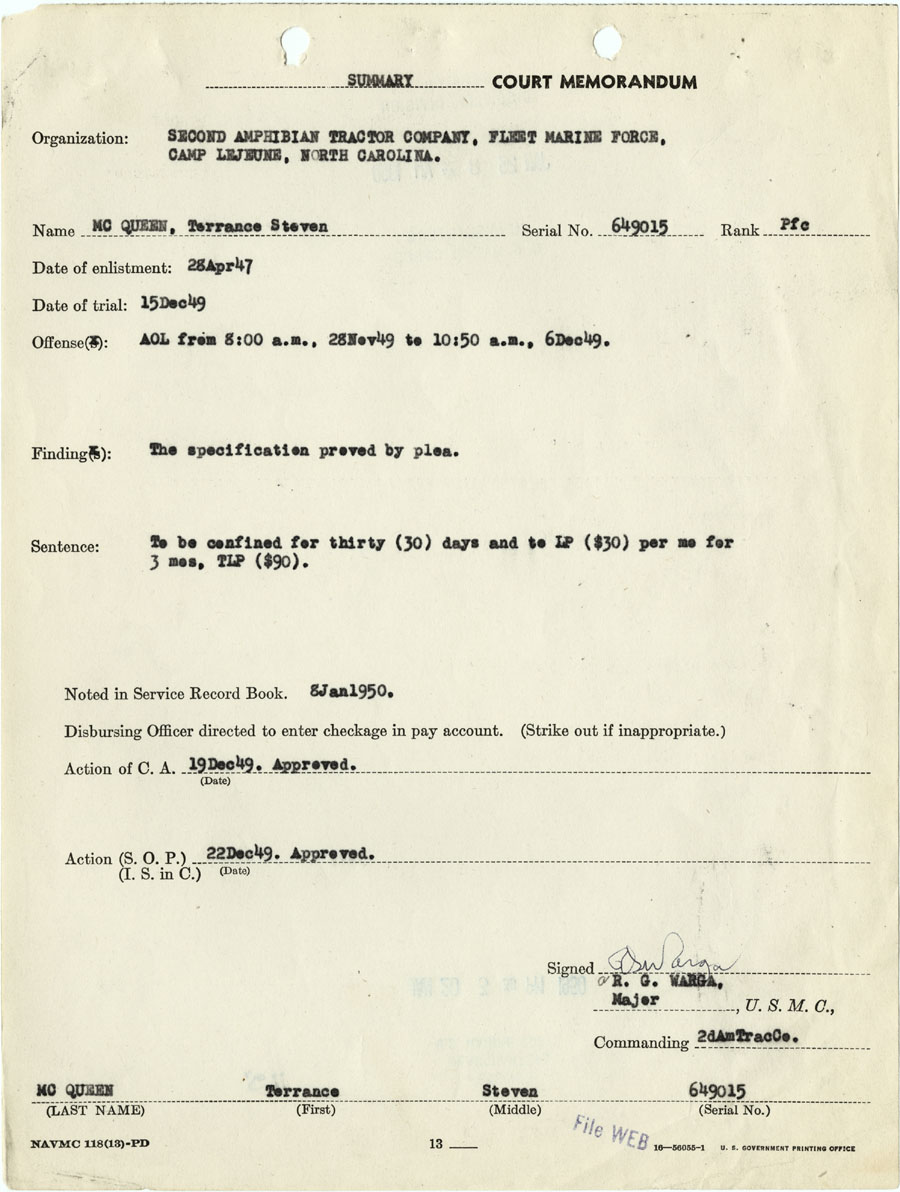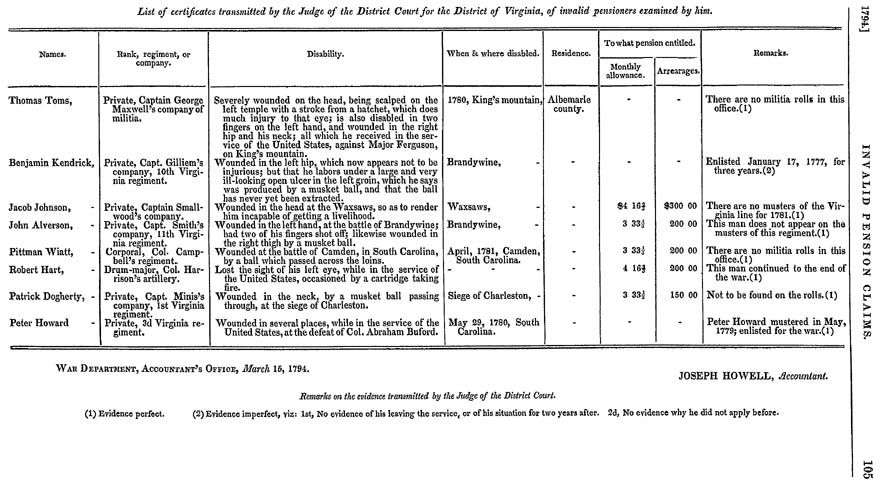Military Service Records By Serial Number
When researching in military records, it is helpful to determine when and where in the armed service a soldier served, and whether he or she was in the enlisted ranks or an officer. Clues may be found in family stories, old newspaper clippings, correspondence, scrapbooks, journals or diaries, service medals and memorabilia, and photographs of the soldier in uniform. The grave marker of a veteran may contain information about military service as well. Military records may have been created in peacetime or during time of war, depending on the record type, and you may even find military records for ancestors who never served. For example, the U.S. World War I Draft Registrations include records for 24 million men, both immigrant and U.S.
Citizens, who were born between about 1872 and 1900. Many of these men were never called up for service.Military records are wonderful sources that provide unique facts and insights into the lives of men and women who have served in the armed forces.

They may include dates of birth and death, residence, names and addresses of family members, military rank and affiliation, among other details. The types of records you’ll find in this category include draft records, service records, pension records, bounty land records, claim records, and military histories.Sample Images.
Because military records often hold such rich and detailed information, you’ll want to look for all family members who served—direct ancestors and collateral relatives as well.
This is a guide to the records of British Army soldiers who served in the First World War. Some First World War veterans continued to serve with the army after the war and for the records of these soldiers you may need to read the advice in our guide to. However, many of the records in the First World War collections cover service up to 1920.The ranks covered by the records detailed in this guide include Private, Lance Corporal, Corporal, Sergeant, Sergeant Major and Warrant Officer – but not. How to get started. To uncover details of a soldier’s service in the First World War you should begin by searching for the following three types of records:. Service record: If it survives it is likely to be the most detailed record for an individual soldier that you will find but most service records for First World War soldiers were destroyed following bomb and fire damage at the record office.
Military Service Records By Serial Number Name
Medal records: Low on detail but far more likely to have survived than a service record and a reliable way to identify a soldier’s service number and unit. Most soldiers were issued with campaign medals; some were also awarded medals for gallantry and meritorious service. Unit war diaries: You will need to know which unit a soldier served with to effectively search these records; in most diaries only officers are mentioned by name.Whether other records survive or ever existed for a soldier depend upon a number of variable factors. If, for example, a soldier was wounded, taken prisoner or was granted an army pension, records may survive recording these events. Online records. Many records held at The National Archives are available online, some of them on partner websites, others on our own website. For details of other online First World War records, see the listed below.

Unit war diaries from Russia, British colonies and other theatres of operations, 1914–1922Search by unit name and number for document references to unit war diaries in series WO 95 using the. Use this search tool if you are looking for the war diaries of units that served in Russia, British colonies and theatres of operations other than the Western Front, Mesopotamia and Gallipoli – for these latter three see the advice on online diaries in the previous section.For more detailed advice see our guide to. Records in other archives and organisations. Service records of Guards regimentsThe Coldstream Guards and Scots Guards regiments retain their own records. To access them write to or call the.For Grenadier, Irish and Welsh Guards service records visit the website.Some of these records were destroyed by enemy bombing of the Guards chapel during the Second World War. Soldiers’ effects ledgers, 1901-1960Search s ( £) covering April 1901 to March 1960 (from The National Army Museum) by name or regiment on Ancestry.co.uk. These list monies owed to a soldier who died in service.You may be able to purchase a transcript from the ledgers which usually show:.
full name. regimental number. date, and sometimes place, of death.
next of kin and monies paid to themLedgers from 1901 to 1914 also show the soldier’s trade and date of enlistment. First World War pension record cards for servicemen killed or injuredSearch among the on Fold3.com ( £) – you can also search on ( £) but for images of the records you will need to go to Fold3.com.The cards record details of the pension entitlements of soldiers and other servicemen killed or injured in the war, both of officers and other ranks, and of the widows and dependants of deceased soldiers.The much larger collection of originals are in the care of (WFA) but had previously been held locally, around the country, and then by the Ministry of Defence. Read the WFA’s for more information. Absent Voters Lists, 1918–1921Search for a soldier by name in the Absent Voters Lists, taken from electoral registers held at the British Library, on ( £) and ( £).